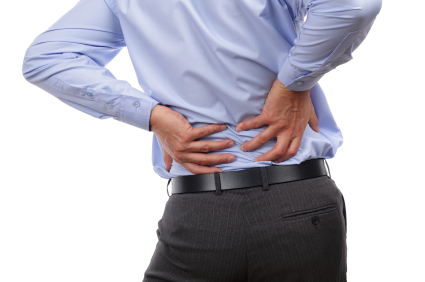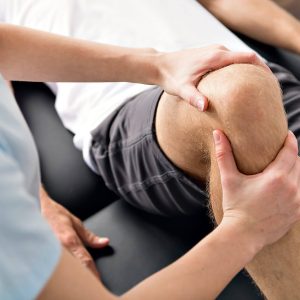Is pain good? Pain-natures Smoke Alarm
We all hate feeling pain! But believe it or not, pain is an essential tool to keep us safe and healthy. This short article talks about the wisdom of pain and how important it is.
If you have it, you often go to various lengths to get rid of it.

It is the actual unpleasantness of the pain experience that makes it so essential in our daily existence.
One of the functions of pain is to protect you and alert you to danger in the hope of preventing further damage, eg: touching a hot plate creates a reflex muscle contraction to remove your hand from the hot plate. When you have back pain, your body will move differently often to protect the painful part, this can aide in the healing process.
There are varying sources of pain, but the most common one occurs when the bodys’ alarm system alerts your brain actual or potential tissue damage.
This works via a number of different pathways:
Sensors – (are proteins inside neurons)
These report messages as they are constantly surveying their particular region.
They send messages to your spinal cord which then may be sent to the brain.
Brain
The brain sorts out and interprets all the messages it receives via nerve pathways from the spinal cord. Many parts of the brain are used in this process and in the response to the experience of pain. Some of the parts of the brain involved are those that are responsible for sensation, movement, emotions and memory. So you can see why pain can be such an overwhelming experience to deal with.
The brain can then respond by sending “happy” chemicals/hormones such as opiates, back down the spinal path to dampen the pain stimuli, such as may happen if you injure your self in the grand final!
Other messages that the brain will commonly send back are ones that release chemicals to help the damaged tissue heal, eg: encourage blood supply to the area. Blood supply is important in healing and different tissues have varying degrees of blood supply, for instance, discs and ligaments take longer to heal than the blood rich muscle and skin tissues.
The brain is also involved with the muscle spasm you may experience.Muscle spasm can be important in your tissue healing process, this is why you may limp or lean to one side when you have back pain, or literally go into lock down. Your brain is basically saying , “hey it hurts to move , so I ain’t gonna let you”. Often this reactive spasm, is worse than the micro injury itself. Together however, they make for one memorable, unpleasant experience!
It is your brains interpretation of the messages coming in from the pain site which regulates the quality and quantity of muscle activity. Generally, if the system is working well, the increase in muscle activity subsides when the underlying pain impulse is settling.
Inflammation-friend or foe?
Most of us have experienced a sprained ankle at some point. This sprain results in obvious swelling as the ligaments injured are just under the skin surface. This painful collection of fluid in the area of injury is essential to the repair process of the tissue hurt. Its part of your body’s automatic repair kit at work. Problem is, when swelling occurs, it occupies limited space, This results in movement becoming restricted and other very sensitive structures getting stretched, thus there is often a big “ouch factor! “
When we get sudden onset back pain, often the joint can get filled with fluid. Not only will this stretch those pain sensitive structures that hold our bones together, it can also irritate nerves coming from that region of the spine. This is one reason why pain is often felt in a different location from the main site. Unlike an ankle though, these spinal joints are deeper in, so you don’t visually see the swelling, but you sure feel it!
Managing pain
Tips for managing pain:
- Be educated- knowing why you have your pain can provide you the foundation of supporting the healing process. You can be educated by your practioner in knowing what movement /activities and general guidelines you may follow that can optimize your recovery process.
- Understanding your pain will also reduce the threat of increasing the pain due to fear of the unknown (which can stimulate more protective systems and block healing).
- Trust the process- We all know that the symptoms of pain can be restrictive and uncomfortable ,but by seeing these responses to pain,(spasm, inflammation and immobility) as the body’s powerful, intrinsic wisdom to heal itself, pain can in fact, be your ally.
- Listen to your body- by listening and working with it and through it, you will be well on the road to gradually returning you to your regular life!
Reference: Explain pain.Butler, Moseley








